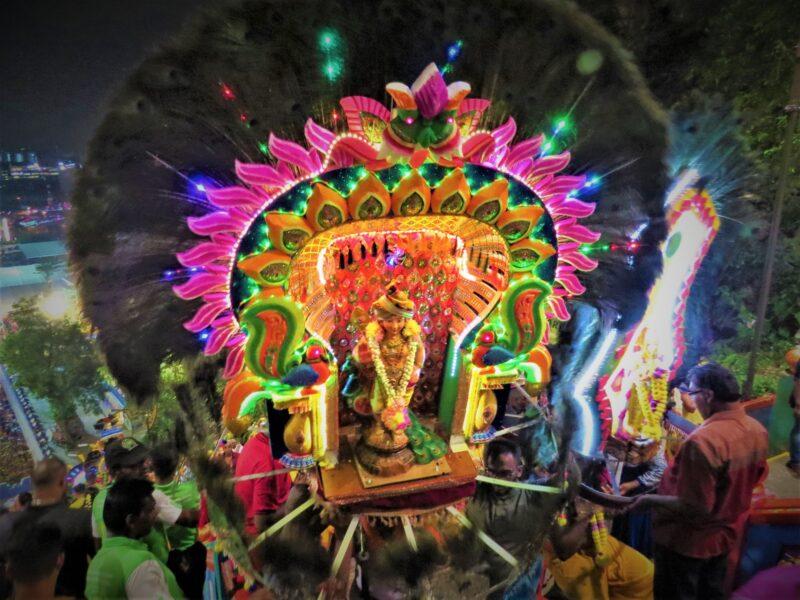‘Kavadi’ makers back in business this Thaipusam

IPOH: Things are finally back to normal for kavadi makers after two years of celebrating Thaipusam with strict adherence to Covid-19 standard operating procedures.
With no restrictions this year, Hindu devotees are allowed to carry kavadis during the celebration on Sunday, and the kavadi makers are racing against time to fulfil the orders.
One of the kavadi makers, Iruthiyam Sebastiar Anthonisamy, 53, who has been making kavadis for almost 40 years, said he had prepared 11 kavadis for his customers.
He said the main challenge this year was the increase in prices of materials.
He said he had no choice but to raise the rental price of his kavadis, depending on the size and design.

“The minimum rental price is RM250 for the smallest one and it can go up to RM5,000 for the biggest kavadi that weighs about 40kg.
“Some of the materials are not available in Malaysia and I had to get them from India and Indonesia,” he told the New Straits Times at his home in Regat Tun Perak here, today.
Iruthiyam, who was born and raised near a temple, said he learnt the art of making kavadis after years of watching people making them at the temple.
Assisted by his children, the event manager said they were truly dedicated to kavadi-making and they started their annual vegetarian diet 48 days before the festival.
“Within this period, I have to ensure that all kavadi orders are complete and it is important for kavadi makers to go on a vegetarian diet while making them to ensure everything runs smoothly during the celebration.”
Kavadi, which in Tamil means carrying weight on the shoulders, is a painstaking offering for Lord Muruga.
Iruthiyam said this year, most of the kavadi-bearers opted for the small kavadi known as Arumugam kavadi, which is made of light materials such as rotan and peacock feathers.
“It is good to see people going back to the traditional culture of celebrating the festival,” said Iruthiyam, adding that there were also big kavadis and chariots costing up to RM20,000.
He said the structure of the kavadi had to be of the right weight as kavadi-bearers needed to carry them for 8km.
“The most expensive kavadi is the one that has LED lights, which could cost up to RM20,000. The process of making it is also difficult as it involves wiring work,” he said.
NST




